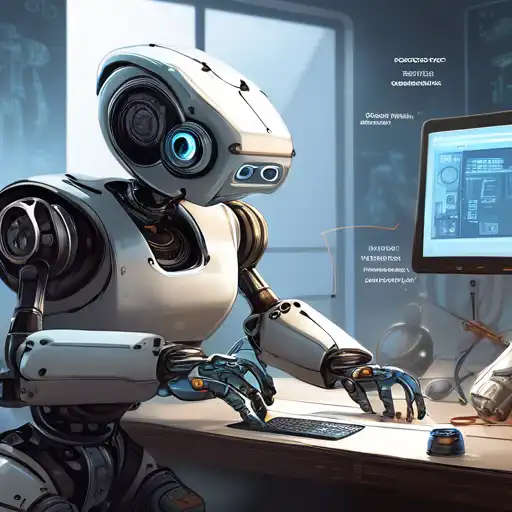Introduction to Robotics Programming
Robotics programming is an exciting field that combines the creativity of software development with the physical world of robots. Whether you're a hobbyist looking to build your first robot or a professional aiming to automate tasks, understanding the basics of robotics programming is essential. This guide will walk you through the foundational steps to get started in this dynamic field.
Understanding Robotics and Programming
Before diving into programming, it's important to grasp what robotics entails. Robotics is the branch of technology that deals with the design, construction, operation, and application of robots. Programming, on the other hand, is the process of creating instructions for computers or robots to execute. Combining these two fields allows you to bring robots to life, enabling them to perform tasks autonomously or semi-autonomously.
Choosing the Right Programming Language
Several programming languages are popular in robotics, each with its own strengths. Python is renowned for its simplicity and readability, making it a great choice for beginners. C++ offers more control over hardware, which is crucial for performance-intensive applications. Other languages like Java and ROS (Robot Operating System) are also widely used in robotics programming. Selecting the right language depends on your project's requirements and your comfort level with programming.
Essential Tools and Software
To start programming robots, you'll need access to certain tools and software. Integrated Development Environments (IDEs) such as Arduino IDE or PyCharm can simplify the coding process. Simulation software like Gazebo allows you to test your robots in virtual environments before deploying them in the real world. Additionally, understanding how to use version control systems like Git can help you manage your code more effectively.
Building Your First Robot
Starting with a simple project is a great way to apply what you've learned. Consider building a line-following robot or a basic robotic arm. These projects will introduce you to key concepts such as sensor integration, motor control, and feedback loops. Remember, the goal is to learn through doing, so don't be afraid to experiment and make mistakes.
Resources for Learning More
The internet is full of resources to help you advance your robotics programming skills. Online platforms like Coursera and Udemy offer courses tailored to beginners and advanced learners alike. Communities such as Stack Overflow and Reddit's r/robotics are great places to ask questions and share your projects. Don't forget to check out our robotics projects for beginners for more inspiration.
Conclusion
Robotics programming is a rewarding field that offers endless possibilities for innovation and creativity. By starting with the basics, choosing the right tools, and engaging with the community, you'll be well on your way to developing your own robotic projects. Remember, the journey of a thousand miles begins with a single step—or in this case, a single line of code.
